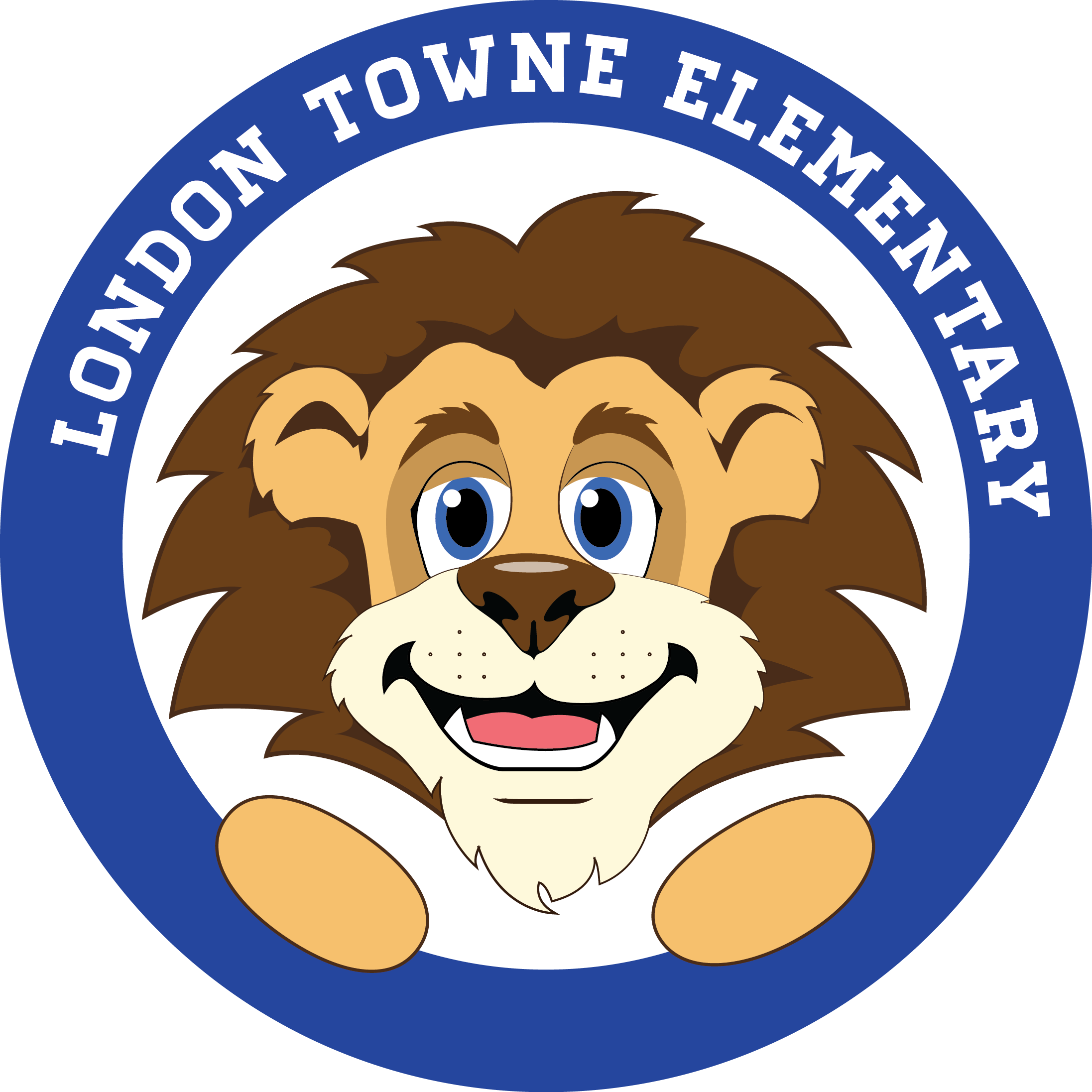2024-25 School Innovation and Improvement Plan
Outcome goals for this academic school year
2024-25 School Innovation and Improvement Plan
London Towne ES
Region 5
Shele Banford, Principal
Background: We exist to maximize student potential and support the academic and wellness needs of students. Schools are required to create School Innovation and Improvement Plans with measurable outcomes, strategies, and actions in English Language Arts, Mathematics, and Wellness, highlighting the strategies they will use to support these areas. These strategies are shown below.
